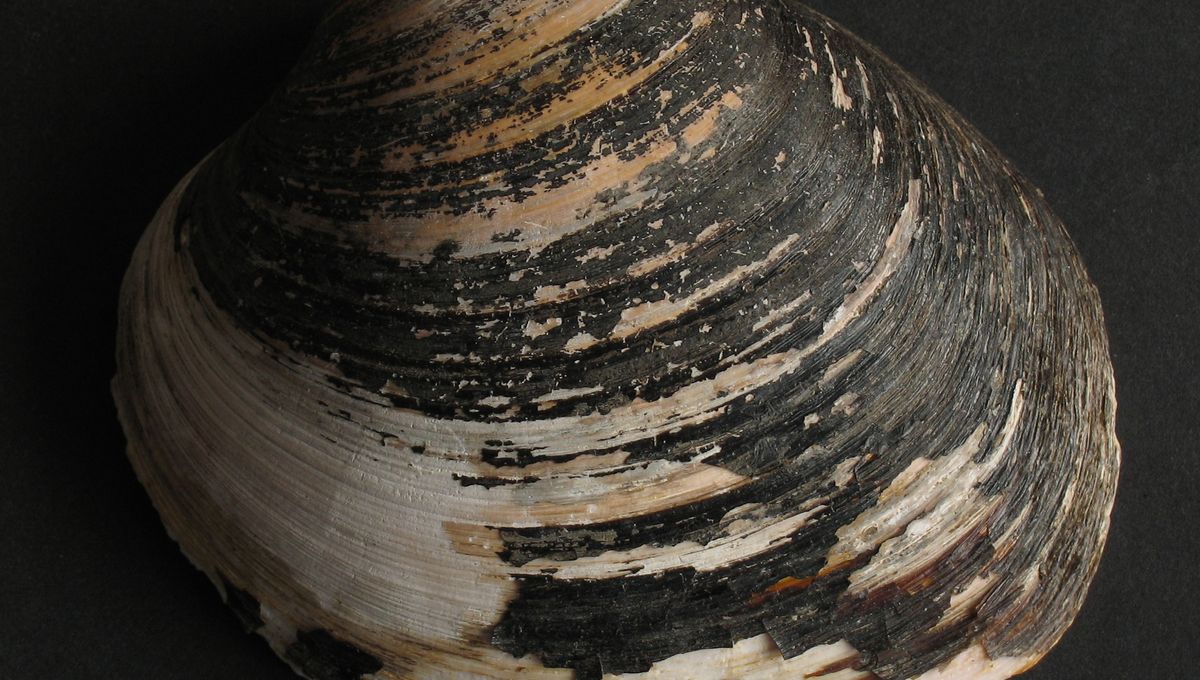
Ming lived one hell of a life. It managed to live through the Renaissance, the Industrial Revolution, and the entire run of Seinfeld. While wars raged and empires came and went, Ming just kept on going, steadily and completely unfazed. Ming, in case you are wondering, was an ocean quahog clam (Arctica islandica). At the ripe old age of 507 years old, scientists think it was the oldest individual (non-clonal) animal that’s ever been documented.
The clam was dredged off the coast of Iceland in 2006. Scientists led by a team at Bangor University in the UK were able to work out its age by analyzing the unique growth patterns on its shell, a bit like counting the rings of a tree trunk.
An initial count of the rings suggested the clam was a record-breaking 405-410 years old. However, a few years later, a secondary analysis showed that the clam was at least 507 years old.
The clam was named “Ming” by journalists in homage to the Ming dynasty of China, which was still over a century away from its collapse when the clam was born.
Considering Ming was probably born in 1499, that means this creature was on the planet at the same time as Christopher Columbus, Moctezuma II, Leonardo da Vinci, Henry VIII, Abraham Lincoln, Shaka Zulu, Napoleon, George Washington, Marie Curie, Adolf Hitler, Gandhi, Martin Luther King Jr, John Lennon, Stephen Hawking, and Kendell Jenner.
Unfortunately, when the scientists studied the clam in 2007, it was revealed that the clam had likely died when it had been frozen upon collection a couple of years previously.
People were pissed. Really pissed.
“We’ve had emails accusing us of being clam murderers,” Professor James Scourse, from Bangor University in Wales, told BBC News in 2013.
“The same species of clam are caught commercially and eaten daily; anyone who has eaten clam chowder in New England has probably eaten flesh from this species, many of which are likely several hundred years old,” the researchers added.
Although Ming might not have reached its full potential, its sacrifice to science has not been in vain. Studies of the clam have provided scientists with unprecedented insight into how the world’s oceans have changed over the past few centuries. It has also helped scientists gain information on the nature of biological aging. If you’re wondering what Ming’s secret to a long life was, it was the paleo diet (just kidding).
“The A. islandica has a very low oxygen consumption. When an animal has such a slow metabolism, it normally also means that it has a very long lifespan,” marine biologist Doris Abele told Science Nordic in 2013. “However, I also believe that part of the reason for its longevity lies in its genes.”
A 2015 study also offers some insights into their longevity: “With the exception of nucleic acid oxidation, damage levels of A. islandica do not change with age, indicating excellent cellular maintenance. Since correlations between nucleic acid oxidation and age have also been shown previously in other organisms, and nucleic acid oxidation accumulation rate correlates with relative age in both investigated populations, nucleic acid oxidation may reflect intrinsic aging mechanisms.”
Rest in peace, Ming. Gone but not forgotten.
An earlier version of this story was published in 2018.
Source Link: Born In 1499 CE, The World's Oldest Animal Had A Scandalous Death At Age 507